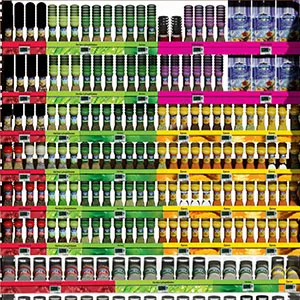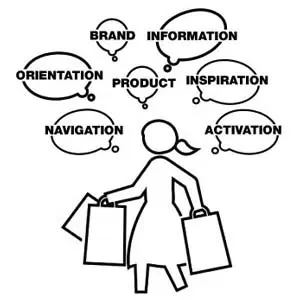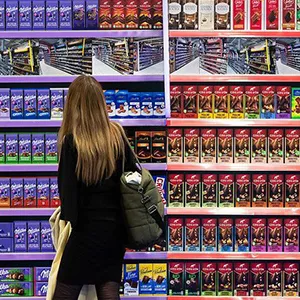Eye tracking: when eyes tell more than words
1400 words
#eyetracking #shoppingbehaviour #retail #shopperexperience #merchandising
May 2025

Eye-tracking, or gaze-tracking, is a technology that analyzes where you look. It is used in all kinds of marketing research directly or indirectly related to consumer behavior — from studies on the effectiveness of product and packaging, websites, webshops to physical retail environments, such as supermarkets and other self-service shops.
Retailers use these insights to optimise store layouts and enhance product organisation and presentation. However, it doesn’t stop at better planograms and merchandising. Eye-tracking also informs decisions about signage, navigation, customer flow, product discovery and overall shopping ease. It helps identify so-called dead zones — areas that draw little or no visual attention — while also evaluating the effectiveness of hot zones, the strategic locations that increase engagement and stimulate buying behaviour.
In this article, we’ll explain exactly how eye-tracking works in shops, its practical applications, the measurable outcomes it can deliver, and the concerns it raises.
Pilotes makes commercial furniture, display and merchandising solutions. We offer 100% customized point-of-purchase materials tailored to the in-store projects of brand and retail. Because we care about the climate and environment, we analyze the lifecycle of each project to avoid, reduce, and offset its impact 🌍🌿
Do you have a project planned? Contact us and let’s bring your vision to life together!
What is eye-tracking and how does it work in retail?
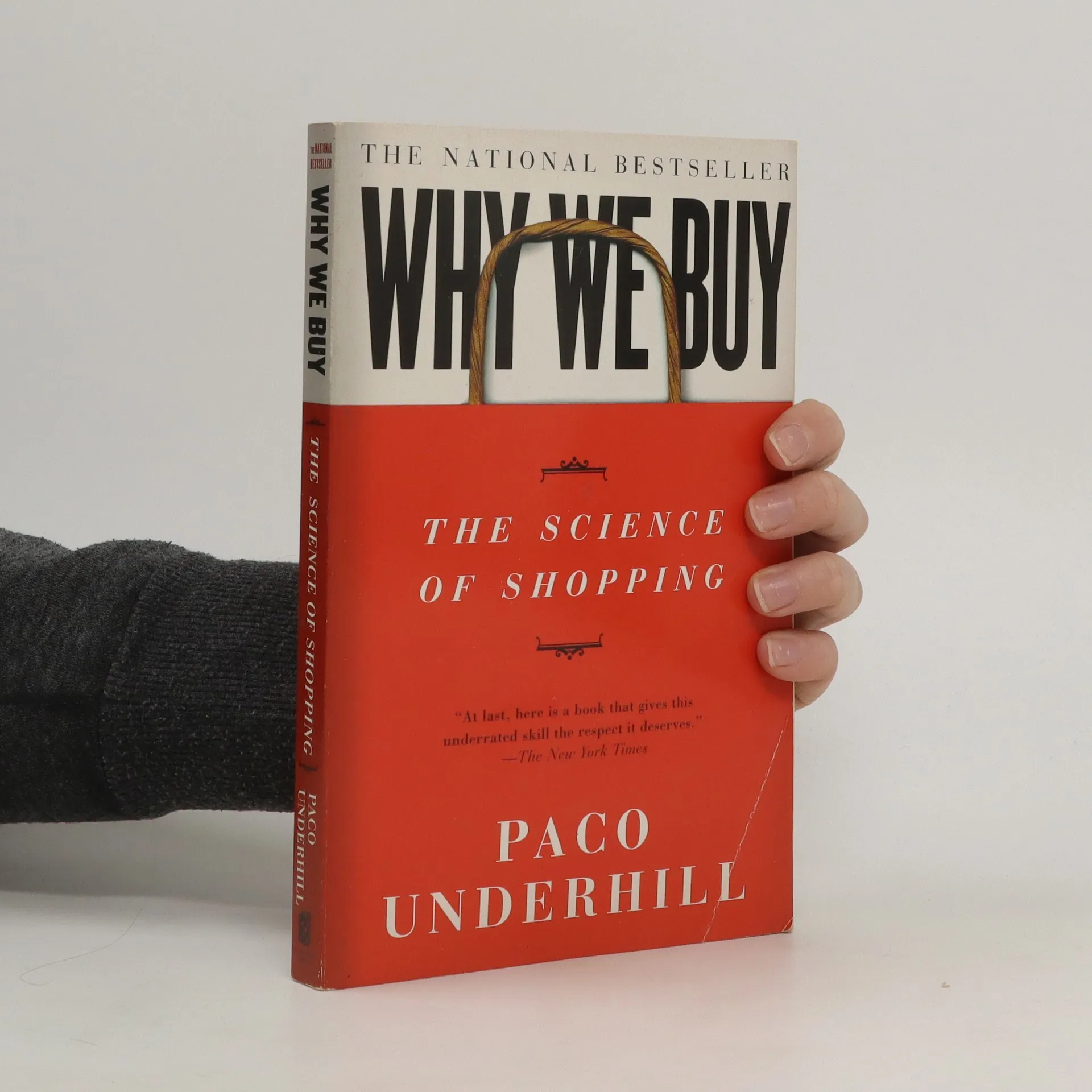
Paco Underhill is considered a pioneer in the field of consumer behavior in retail. He is best known for bestseller Why We Buy: The Science of Shopping (1999), in which he explains how he analyses all activities associated with the purchase.
"I am the man who spent more than 20 years watch women shop for shoes.”, Paco Underhill.
His methods focused on observing shoppers: how they move, where they pause, and what influences their decisions to buy (or not). And because shopping is also a visual activity, Underhill draws a connection between what shoppers look at and what they are likely to buy.
Using advanced technology, superior data quality and statistics, eye-tracking analyses more accurately consumer behaviour. While Underhill relied on manual observation in the 1990s — walking between aisles with a notepad, clicker, and stopwatch — today’s eye tracking offers a faster, more objective, and visual method for gaining clear and realistic insights. An eye tracking device or cameras equipped with processors track what shoppers look at as they move through the store.
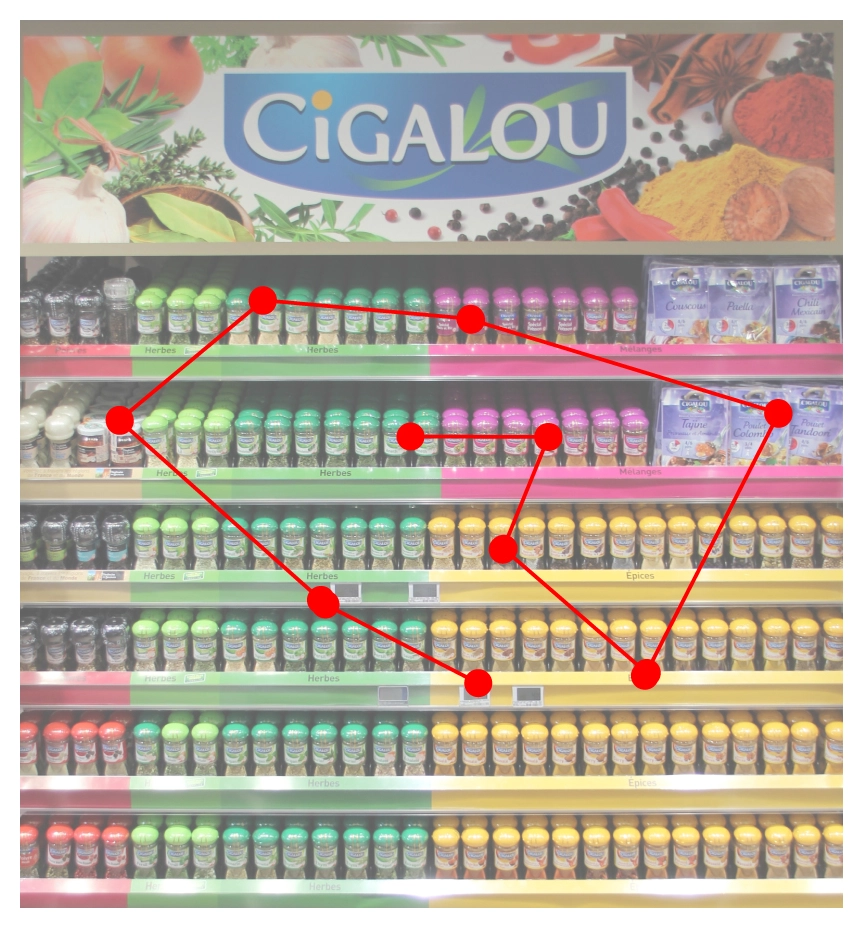
Eye tracking measures several key aspects:
- Rapid eye movements or saccades – how your gaze automatically and unconsciously jumps from one point of interest to another.
- Fixation points – where your gaze pauses.
- Viewing time – how long you look at something. Scientists believe that when you focus on an object, you’re not just seeing it — you’re also thinking about it. The longer your eyes stay on it, the longer your brain is actively processing it.
- Heatmaps – visual maps showing which areas attract the most attention.
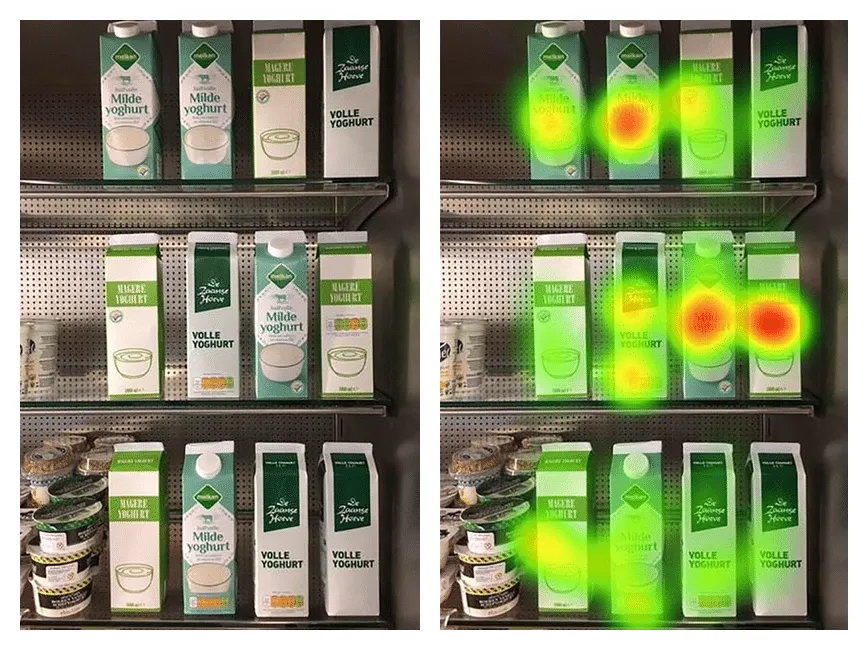
Shops typically use two types of systems:
- A mobile eye-tracker, a device worn by research participants, usually in the form of glasses. They allows researchers to track the conscious and unconscious visual behaviour of the participants during store visits.
- Fixed cameras – placed near shelves to measure eye movements from a distance across an in-store audience. Remote eye-tracking also allows for the anonymised collection of demographic data.
Customer behaviour analysis: applications of eye-tracking in shops
Eye tracking helps retailers better understand how consumers behave while shopping. These insights allow them to structure and present their product offerings more effectively, capture attention, improve engagement and in-store communication.
Related article > Attention, please! About your undivided attention in storesImproving in-store communication

One of the goals of in-store communication is to get customers to notice, pause, and act — whether that means exploring a product or making a purchase.
With eye-tracking, shops can:
- Check whether messages, imagery and display catch your eye.
- Discover where you barely look — the so-called dead zones, or whether there are distractions.
- Make adjustments so that they are more likely to be seen.
Intuitive product organisation
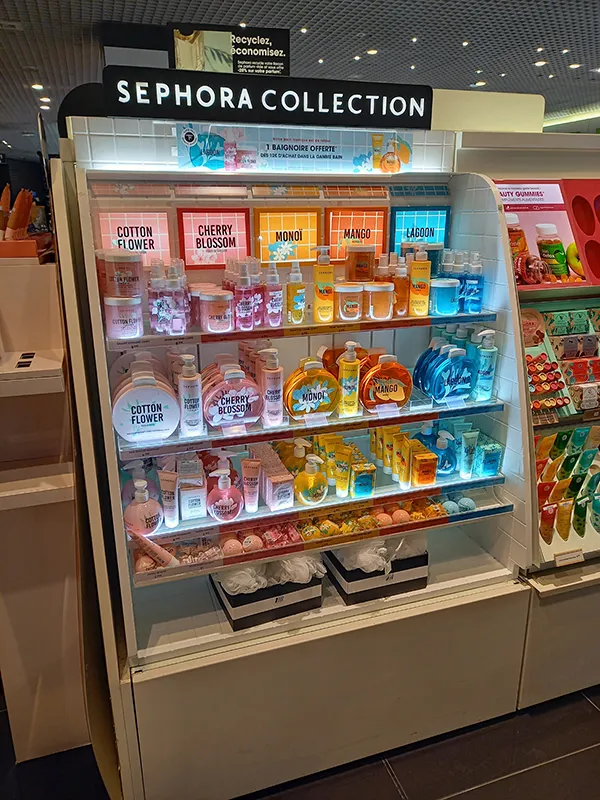
Shelf organisation directly impacts sales. Eye tracking validates classic merchandising principles about how shoppers look and search within assortments or categories.
- Eye and hand level are the most effective zones for visibility and accessibility. Chest level generally performs best overall.
- Top and bottom shelves are less likely to be seen unless you are specifically looking for something.
- Customers only look at navigational cues when they are completely lost or disoriented.
- End caps (the shelves at the end of aisles) attract high attention, though their effectiveness depends on assortment relevance.
"According to our shopper behaviour study using eye tracking in the impulse-sensitive biscuits department of an Italian supermarket, 100 participants see on average not more than 28 of the 193 articles offered. A customer visits the department for an average of 70 seconds and sees an average of 15% of the offer", Carlo Oldrini, Vice President Marketing at Ipsos
These findings highlight how limited shopper attention is. It is essential that the offerings are organised logically and intuitively, so buyers can effortlessly find what they are looking for.
Related article > Retail merchandising: the whisperer of temptation to drive sales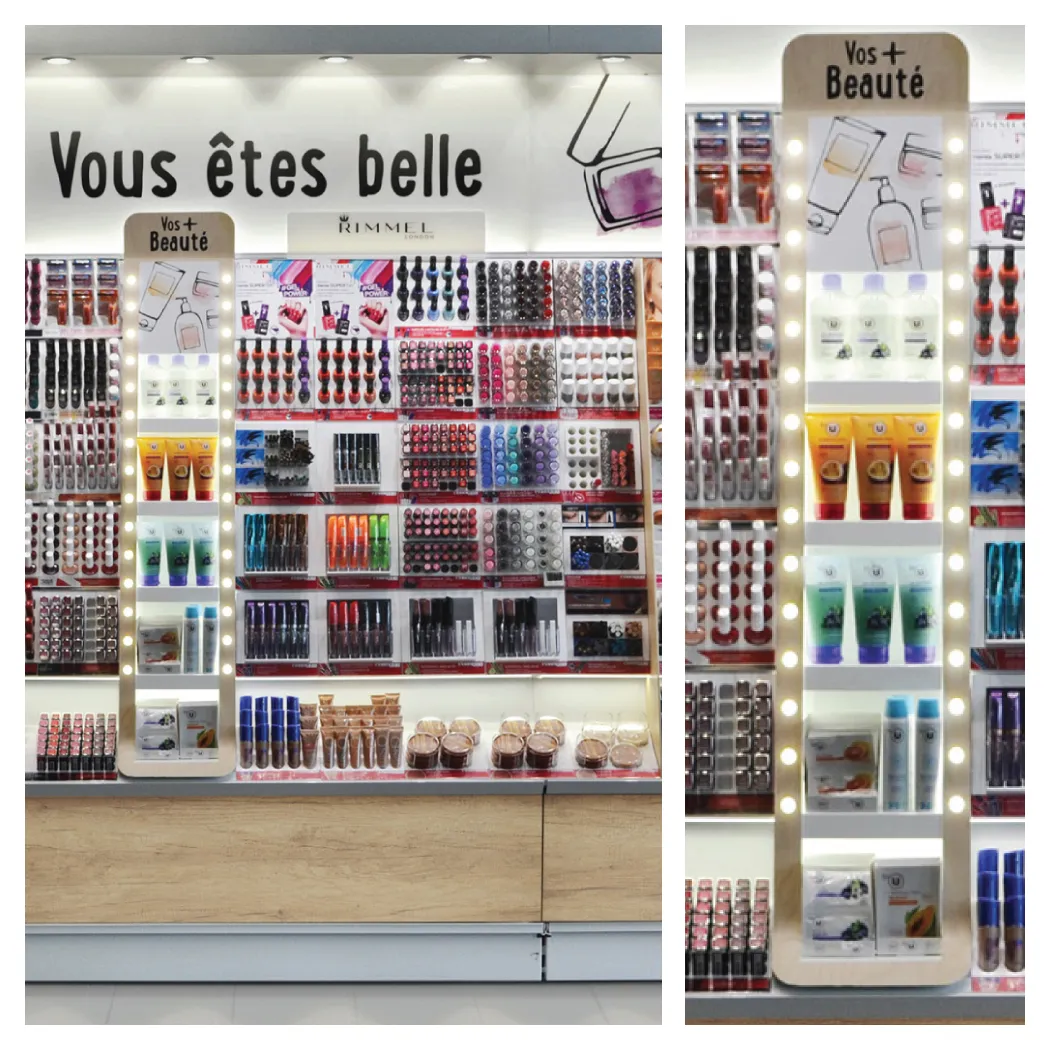
By combining eye tracking insights with pricing strategy, promotion planning, product rotation, and broader consumer research, retailers can develop an integrated approach that boosts both customer satisfaction and revenue.
Related article > The planogram explainedUnderstanding the customer journey
By monitoring where customers look, retailers gain a deeper understanding of how people move through the store or navigate within a category. With that knowledge, they can make smart changes, such as:
- Creating intuitive shopping paths, so shoppers find what they need more quickly — leaving room for impulse, emotional or fun purchases.
- Maximize touchpoints with strategic products.
- Maintaining engagement, by placing something surprising or exciting along the journey — the variable stimuli in the so-called hot zones. Scientists call this reinforcement: when shoppers feel rewarded, they tend to look longer, explore more, and keep buying.
- Testing and optimising layouts, and measure which one you find the most pleasant.
Limitations of eye-tracking
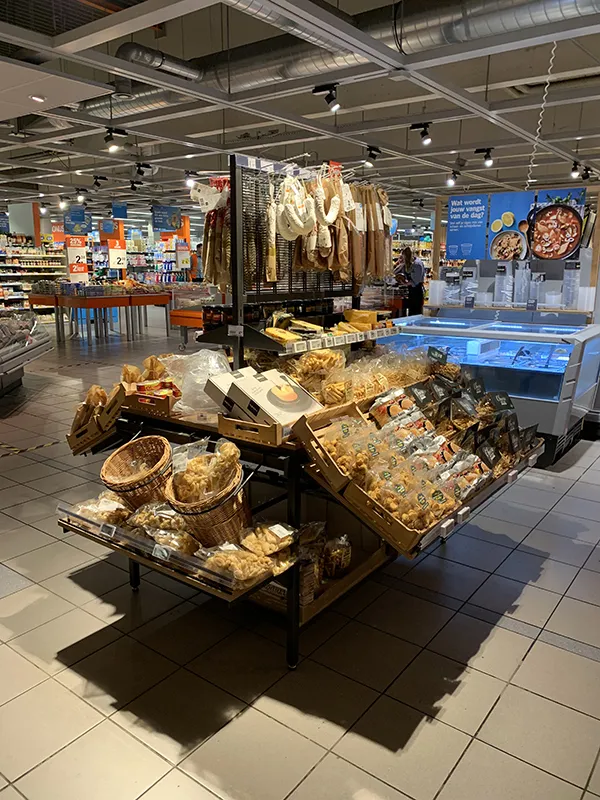
While eye tracking provides valuable insights, it has its limitations:
- High costs – The equipment and analysis are technical and expensive.
- Attention ≠ purchase — Just because someone looks at a product doesn’t mean they’ll buy it.
- Privacy concerns – The use of cameras raises ethical and legal questions.
To comply with GDPR regulations, modern camera systems anonymise data using built-in processors before it’s sent for analysis.
Key take-aways
Eye tracking is a method for improving store layout, product presentation, and customer engagement — whether in supermarkets or other self-service stores. It reveals how customers navigate the store, what they see, what captures their attention, where they pause and show purchase intent, how products can be best organised, and how in-store communication can be made more effective.
Retail often relies on empirical methods: try something out in a test location, see if it works, and roll it out. Eye tracking takes a more structured approach. It provides real data, rather than just gut feelings or assumptions, allowing retailers to test more analytically, quickly understand what truly works — and why it works.
Still, it’s wise to combine eye tracking with other research methods, such as in-depth interviews. That way, you gain deeper insights and create a better shop (and experience) — ultimately leading to stronger results for the store.
Discuss your POP projects with us. Our team is here to support you in taking your projects further and to assist you in designing effective in-store campaigns! Contact us today and let’s bring your vision to life.

